 Liposuction in Kanpur is a surgical technique used to improve body contour by removing unwanted fat from any area of the body, including the neck and face; arms, breasts, back, flanks, abdomen, waist, buttocks, hips and thighs, knees, calves and ankles. It is an excellent method of localized fat reduction, which does not respond to diet, exercise and massage, it is not an effective or recommended method of weight loss.
Liposuction in Kanpur is a surgical technique used to improve body contour by removing unwanted fat from any area of the body, including the neck and face; arms, breasts, back, flanks, abdomen, waist, buttocks, hips and thighs, knees, calves and ankles. It is an excellent method of localized fat reduction, which does not respond to diet, exercise and massage, it is not an effective or recommended method of weight loss.
In most cases the liposuction performed by Dr. Amit Verma, the best plastic surgeon in Kanpur, does not require hospitalization, is performed under local anesthesia, with 2 mm incisions and allows immediate recovery for your daily or work activities.
Indications
Although relatively simple, in practice liposuction requires careful patient selection, adequate surgical evaluation, meticulous technique and a clear understanding of the risks and limits of the technique. The ideal candidates for liposuction are patients who have circumscribed fat, well defined, with a weight close to ideal for their height, healthy, skin with preserved elasticity and muscle mass with good tonicity.
The consultation
During the consultation you should mention the changes you want to make in your appearance. The consultation begins with an objective examination to assess your weight, your skin and muscle tone and the pattern of fat distribution. In front of the mirror, together with Dr. Amit Verma will evaluate the areas selected for liposuction and will simulate the effect of liposuction. He should try to see his body as a whole and not as distinct and isolated regions.
At the initial consultation, be frank in discussing your expectations with Dr. Amit Verma. He will be equally frank with you, describing the possible options, the technique in detail and explaining the limitations and possible risks. It will also explain the anesthesia that will be used, the type of operating room in which the surgery will be performed, and the costs involved.
Ask any questions you have about liposuction in Kanpur, ask to see photos of recent patients, before and after treatment. Knowing as much about your options, risks, and benefits as possible is the key to making an appropriate decision.
The surgery
If you have no medical problems, liposuction in Kanpur will be performed by Dr. Amit Verma, the best plastic surgeon in Kanpur at the Regency Hospital. In general, the procedure is performed under “pure” local anesthesia, without any sedation, and you do not have to remain hospitalized. On the day of the liposuction, you will sign the surgical consent form, preoperative photographs will be taken and the areas on your body that will be treated are marked.
For safety reasons, monitor heart rate, blood pressure and oxygen in the blood. Then the doctor and/or nurse anesthetize the skin and fat. A large volume of tumescent anesthetic solution is carefully and gently injected into the fat until the fat is completely “dormant”. Local anesthetic infiltration is a slow and careful process that can occasionally take as long to complete as liposuction itself.
Experience has shown that giving an oral tranquilizer provides better local anesthesia than when using intravenous sedatives. Therefore, minimizing sedation currently maximizes comfort and minimizes patient risk.
The principle of operation is simple. After infiltration of the area to be aspirated, a very thin cannula with a hole at the end is introduced through small incisions and manipulated in such a way under the skin that the unwanted fat is broken and “aspirated” through a tube connected to a vacuum machine, thus sculpting the area to the desired proportions. Done this way with local anesthesia the pain experienced is minimal or no pain, although you may feel pressure, movement, and vibration. Finally, after the brace is donned, you are ready to go home. Due to residual local anesthetic, there is no significant tenderness or pain for several hours after liposuction.

Post-operative care
- Return home. Although you may feel well enough after the surgery to drive home, you should not do so as large amounts of local anesthetic can cause some dizziness. It is recommended, but not essential, that you have a responsible adult with you on the day of surgery.
- Activities. To speed up the healing process, it is advisable to resume light activity as soon as possible. The next day you should feel well enough to drive your car and start light to moderate physical activities. You can resume exercise 2 to 4 weeks after surgery.
- Postoperative clothing. After tumescent liposuction, a brace is used to hold the absorbent pads in place and allow enough compression to accelerate the drainage of the blood-stained anesthetic solution, controlling swelling and also helping the body retain its new shape until the tissues have healed. adapted. The brace must be worn day and night for 10 days. Discontinuing use of the belt too quickly can result in prolonged drainage and adversely affect the new body contour.
- Postoperative drainage. A large amount of blood-colored anesthetic solution should be expected to drain from the small incisions during the first 24 to 36 hours following liposuction. In general, the more drainage occurs, the less bruising and swelling there will be later on. Recovery program. In general, a manual lymphatic drainage massage program associated with external ultrasound is recommended, performed 3 times a week for the first 15 days and 2 times a week for the following 15 days.
The Dr. Amit Verma will schedule follow-up visits to observe the evolution and verify if additional procedures are necessary.
Side effects of Liposuction in Kanpur
Don’t expect to look or feel great right after surgery. It will be even heavier for a while; due to the extra fluids you have been given.
Menstrual irregularities with premature onset or delay of monthly menstruation are side effects of any surgery. Slightly elevated temperature during the first 48 hours is a natural reaction to surgical trauma. Bruising is minimal with tumescent liposuction. However, the more extensive the liposuction, the more bruising to expect.
Discomfort and swelling due to the inflammatory reaction to surgical trauma may occur and increase within 5 to 10 days after surgery, then improve daily.
Itching of the treated areas several days after surgery may occur as part of the normal healing process. You may temporarily lose sensation in the aspirated area.
Complications and risks
Although liposuction in Kanpur is the most performed cosmetic surgery in the world, and in most cases, it is successful, there are risks and limitations to the technique, as in any surgery.
The technique that may seem simple, is at least as difficult as any other plastic surgery technique, since if it is poorly performed, with bad indications, and with a little careful execution, it can lead to failures that, although rare, include since from simple aesthetic sequelae to systemic complications.
Liposuction is safe as long as patients are carefully selected, the operating room is adequately equipped, and the doctor has sufficient training and experience in body contouring as well as general surgery.
However, even with the most experienced plastic surgeon, some cosmetic problems can arise. There are bruising, and swelling after all operations, which usually last for about 2 weeks. It is important to remember that the human body is asymmetrical and that even after surgery the two sides may look different. Small asymmetries sometimes require a second procedure or touch-up. All surgeries require incisions and therefore leave a scar, which in this technique is imperceptible.
In rare situations, the procedure can cause severe trauma, particularly when multiple or very large areas are aspirated at the same time. Although serious complications are infrequent, infection, bleeding, excessive fluid loss, pulmonary embolism, or over-medication can lead to serious illness.
A combination of the following factors is associated with an increased risk of serious complications:
- Removing large amounts of fat
- More than one procedure to be performed at the same time
- The use of general anesthesia
To minimize your risks, you should choose a qualified plastic surgeon in Kanpur, duly accredited, and fully follow their advice, before and after surgery.

The results
You will start to see results from your surgery within 2 to 3 weeks, with progressive improvement as time goes on. The more fat removed, the longer it takes to get optimal results, because the skin has to adapt to a more radical change in shape. Most people are satisfied with the new contour and generally feel an increase in energy and self-confidence. Liposuction is a highly effective technique to give you a new body contour, with virtually no scars. The results can be permanent as long as you eat in moderation and exercise regularly. It is not advisable to gain weight after liposuction, but if you gain weight, it will be distributed more evenly throughout your body.
No surgeon can absolutely guarantee the end result, but what Dr. Amit Verma can tell you is that he will work with you to get the result he wants. Most people are very satisfied with the results of their liposuction, feel more comfortable in a variety of clothes, and feel more pleasure in their body.
Common Questions
What does liposuction in Kanpur consist of?
The principle of operation is simple. After infiltrating the area to be aspirated, a very thin cannula (2.5 mm) with a hole at the end is introduced through small incisions and manipulated in such a way under the skin that the unwanted fat is broken and “aspirated” through a tube connected to a vacuum machine, thus sculpting the area to the desired proportions.
Done this way with “pure” local anesthesia, the pain experienced is minimal or no pain, although you may feel pressure, movement, and vibration.
Can anyone have liposuction in Kanpur?
Although relatively simple, in practice liposuction requires careful patient selection, adequate surgical evaluation, meticulous technique and a clear understanding of the risks and limits of the technique. The ideal candidates for liposuction are patients who have circumscribed fat, well defined, with a weight close to ideal for their height, healthy, skin with preserved elasticity and muscle mass with good tonicity.
Does the “non-invasive liposuction” technique provide the same results as classic, surgical liposuction?
Definitely NOT. The wrongly and maliciously called “non-invasive liposuction” technique consists of the application of external ultrasounds with the aim of “burning” or “melting” the internal fat. This technique when evaluated in isolation (without any diet) gives bad to mediocre results. The supposed results obtained with this method result almost exclusively from the (zero) diet implemented simultaneously.
There are liposuction techniques with ultrasounds, but these are surgeries that also involve the use of cannulas, which by emitting ultrasounds emulsify the fat that is later removed with a classic cannula. This last technique caused some serious problems and was practically abandoned.
So be smart and don’t be fooled by advertising alone. Inform yourself completely.

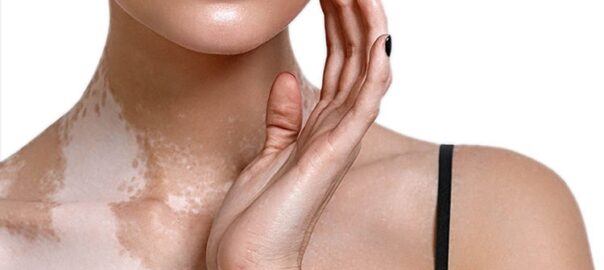
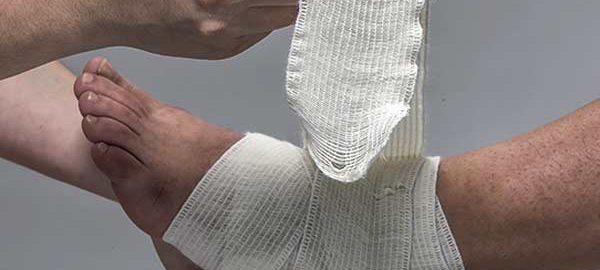
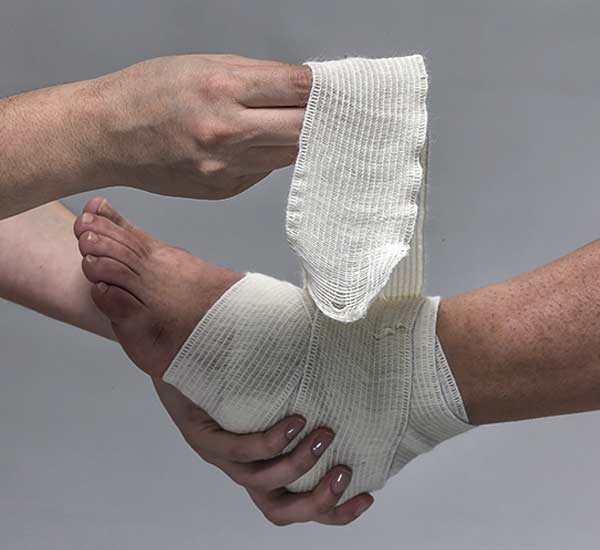
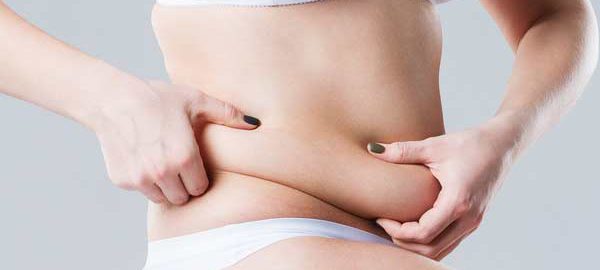
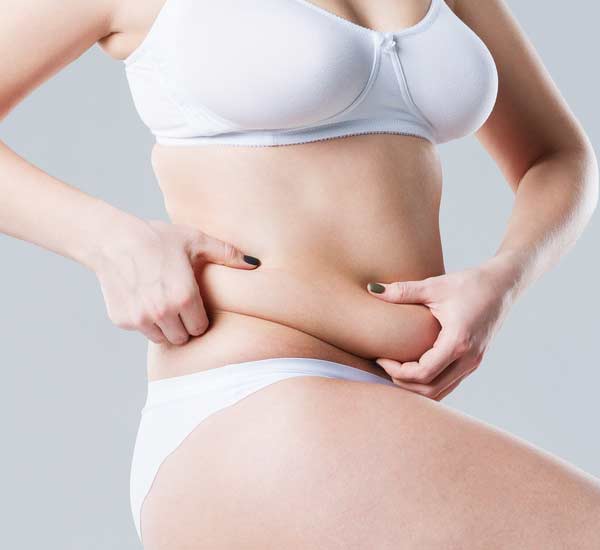
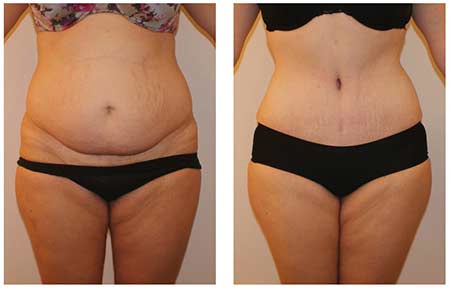
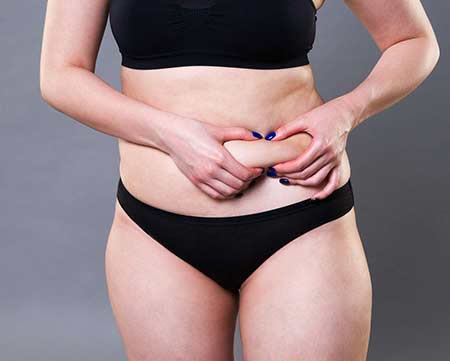
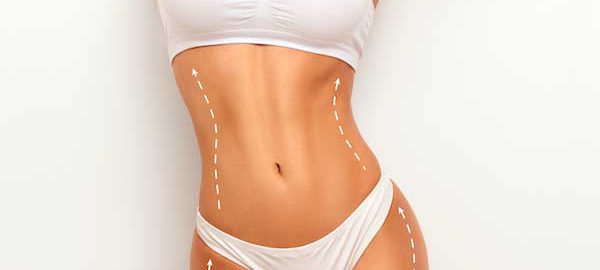
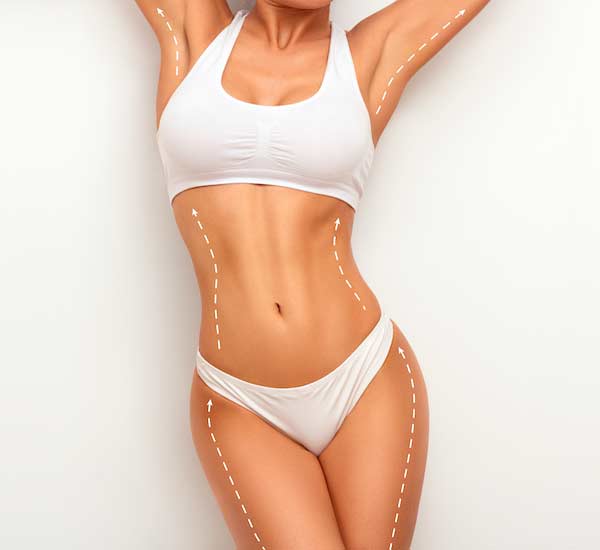 Liposuction in Kanpur is a surgical technique used to improve body contour by removing unwanted fat from any area of the body, including the neck and face; arms, breasts, back, flanks, abdomen, waist, buttocks, hips and thighs, knees, calves and ankles. It is an excellent method of localized fat reduction, which does not respond to diet, exercise and massage, it is not an effective or recommended method of weight loss.
Liposuction in Kanpur is a surgical technique used to improve body contour by removing unwanted fat from any area of the body, including the neck and face; arms, breasts, back, flanks, abdomen, waist, buttocks, hips and thighs, knees, calves and ankles. It is an excellent method of localized fat reduction, which does not respond to diet, exercise and massage, it is not an effective or recommended method of weight loss.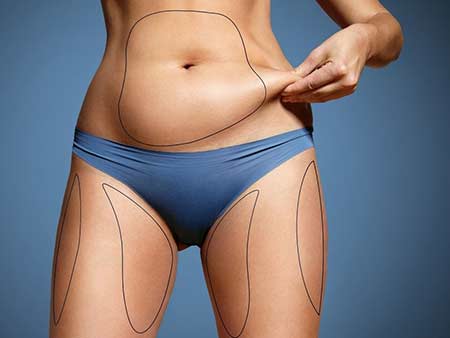
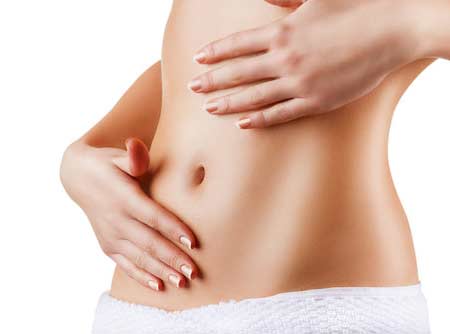
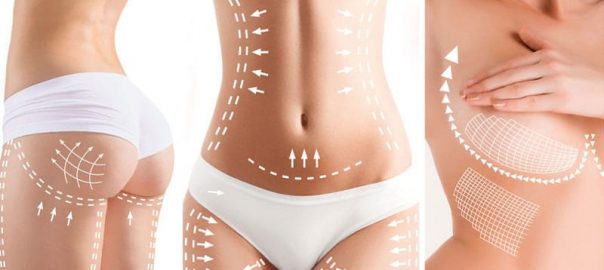

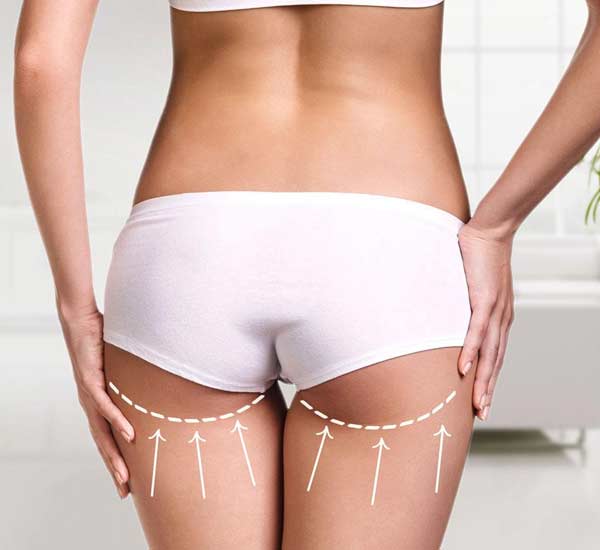
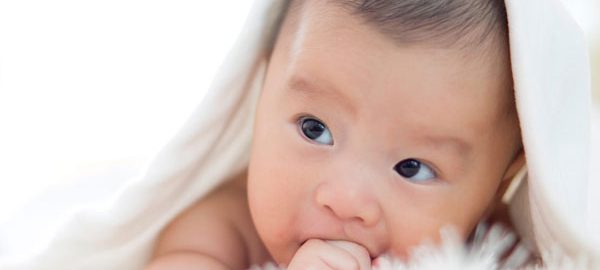

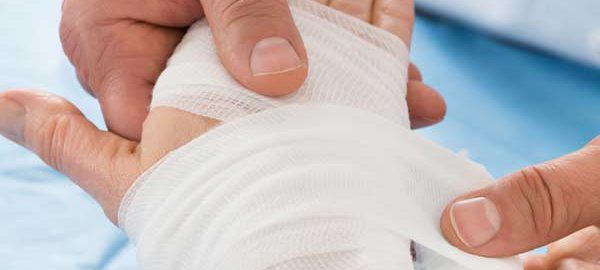
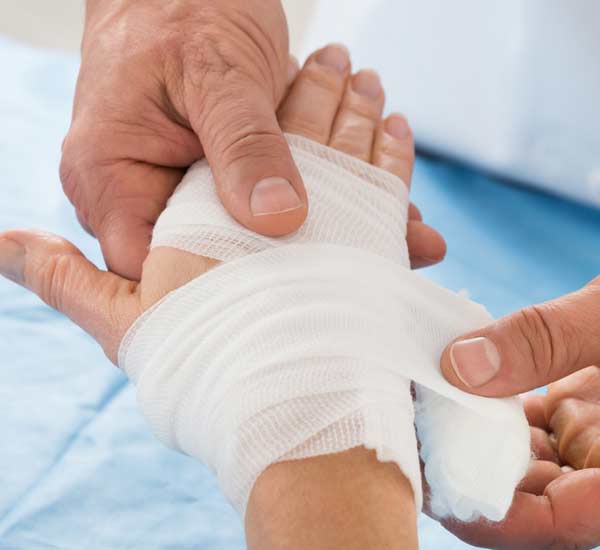 Prevention is still the cheapest and most effective way to fight burns. Reconstructive plastic surgery plays an important role in the Burns Treatment in Kanpur.
Prevention is still the cheapest and most effective way to fight burns. Reconstructive plastic surgery plays an important role in the Burns Treatment in Kanpur.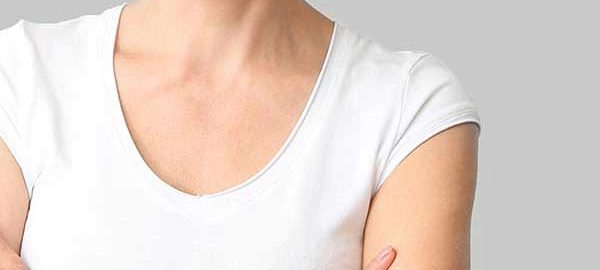
 Physical exercises can improve the muscle tone of the arms, but they do not always solve the problem of localized fat, much less excess skin in this region. Lipodystrophy and flaccidity of the arms affect self-esteem and generate discomfort. People with these alterations can feel embarrassed when wearing dug clothes or even the simple act of saying goodbye, moving the arm. In these cases arms reshaping surgery in Kanpur can help you.
Physical exercises can improve the muscle tone of the arms, but they do not always solve the problem of localized fat, much less excess skin in this region. Lipodystrophy and flaccidity of the arms affect self-esteem and generate discomfort. People with these alterations can feel embarrassed when wearing dug clothes or even the simple act of saying goodbye, moving the arm. In these cases arms reshaping surgery in Kanpur can help you.